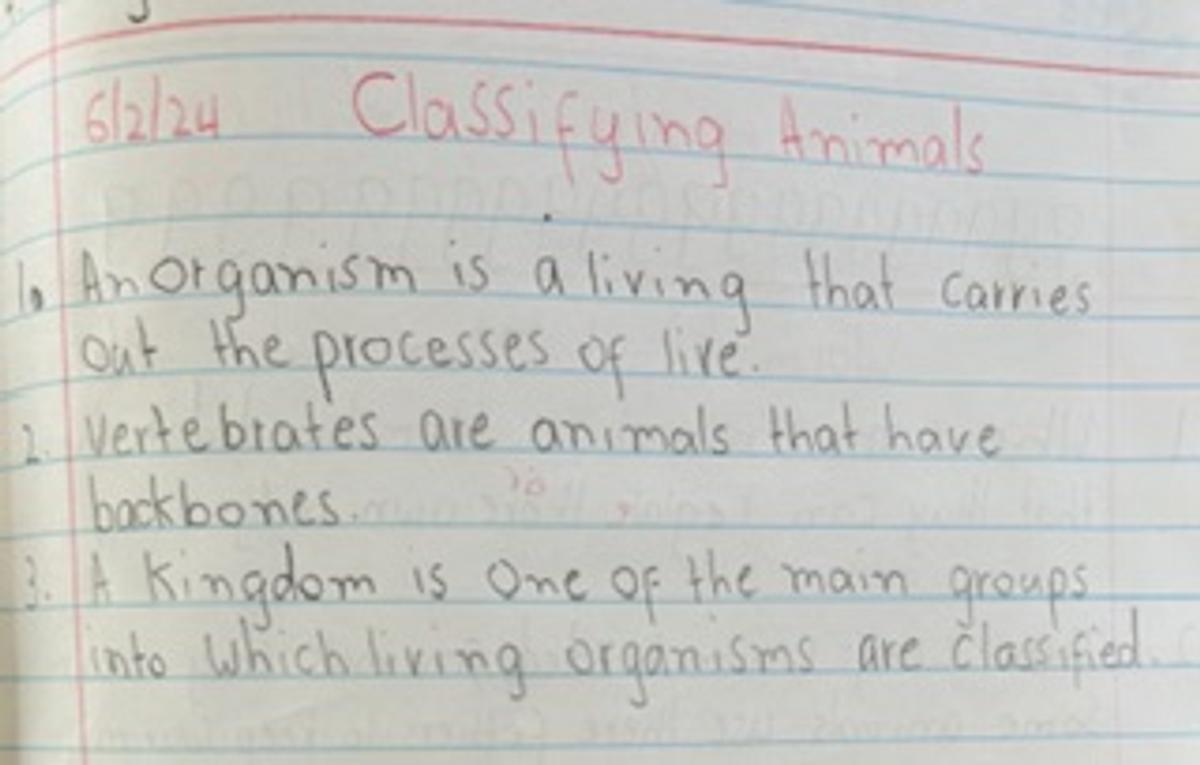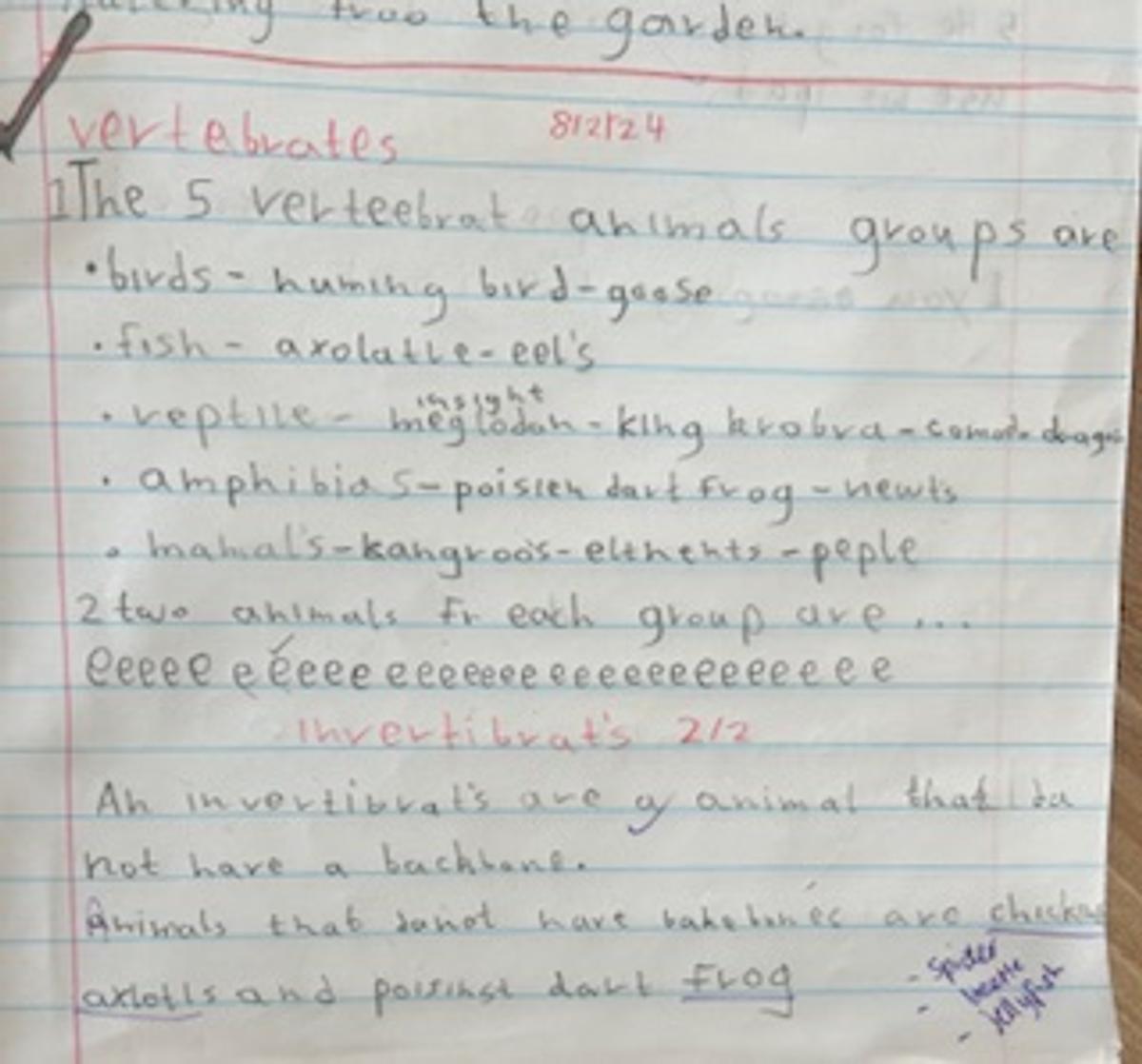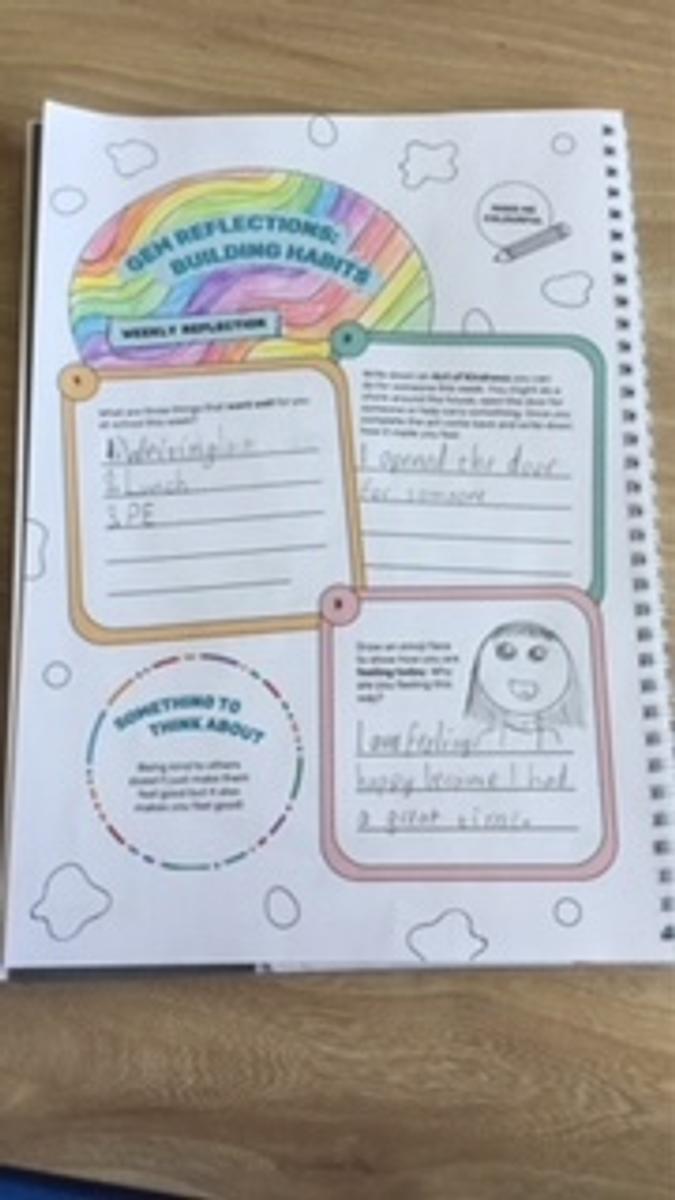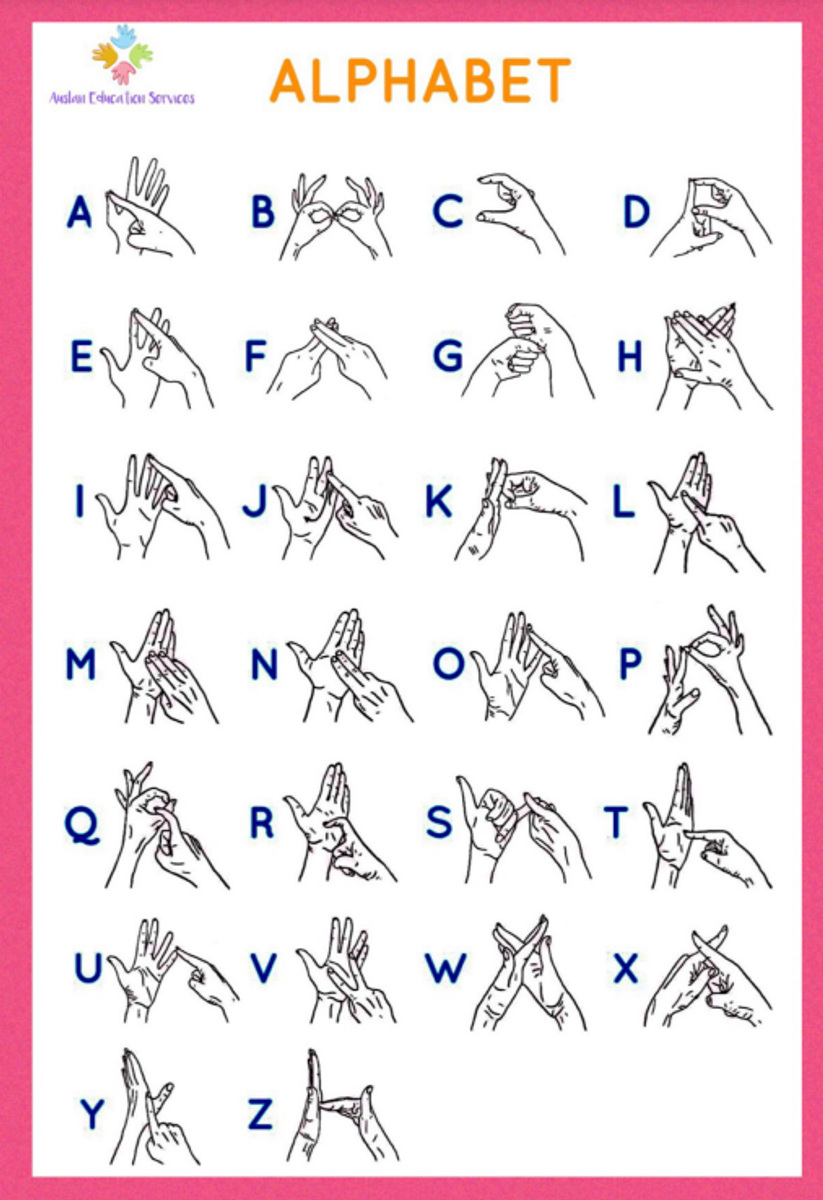Year 3
Ms Sapardanis, Ms Conforto, Ms Crothers, Ms Marshall, Ms Scott & Ms Murphy

Year 3
Ms Sapardanis, Ms Conforto, Ms Crothers, Ms Marshall, Ms Scott & Ms Murphy
In Writing, we have been learning about simple sentences and now know that a simple sentence contains a subject and a verb. We can identify the subject and verb in a sentence and can use this understanding to identify if a sentence is complete or a fragment (an incomplete sentence). We have been able to convert fragments into simple sentences by adding either the missing subject or verb. We have learnt that a noun group is a group of adjectives or words that describe a noun and are able to identify these as well as create our own.
We have had a fabulous start to Numeracy this term by learning about place value for 5 digit numbers. We have been recognising, partitioning and renaming 5 digit numbers. We have also practised writing numbers in words and using the place value chart to explain how many numbers there are for each value. For example, how many thousands in the number 12,738.
We have also learned about what it means to understand the duration of an event. We have had practice using time language and estimation to help us make plans, as well as to compare whether something will take us a short or long amount of time.
We have loved exploring the difference between two-dimensional and three-dimensional shapes, and identifying objects in our classroom environment that have a length, width and depth. We are practising how to identify the features of three-dimensional shapes, including the faces, edges and vertices. Our favourite part was when we were able to get hands-on and create some three-dimensional shapes of our own!
Through our Knowledge unit we have been learning how to classify animals. We have learnt what characteristics scientists use to classify animals into kingdoms and why animals need to be classified. We identified what makes an animal cold-blooded or warm-blooded and the different habitats these animals live in. Students discovered and defined what makes an animal an invertebrate or vertebrate. Did you know that 95.4% of animals in the world are invertebrates? During our Knowledge investigation sessions students drew a crocodile and created word pairs that describe its characteristics. Students also researched the characteristics of fish and amphibians and organised their findings.




GPPS is proud to announce that we will be using The Resilience Project (TRP) as the foundation of our SEL lesson each week. TRP is committed to teaching positive mental health strategies to prevent mental ill-health and build young people’s capacity to deal with adversity. Teachers and students will engage in weekly lessons and activities around the key principles of Gratitude, Empathy, Mindfulness (GEM), and Emotional Literacy to build resilience. Students each have a TRP journal that they work out of and track positive habits. We cannot wait to share what we have been practising.




We were very excited to introduce Auslan this month. Students have learned about what Auslan is and why people communicate with Auslan. We have learned how to sign the alphabet and finger spell our names. Students have also learned how to sign different colours.

